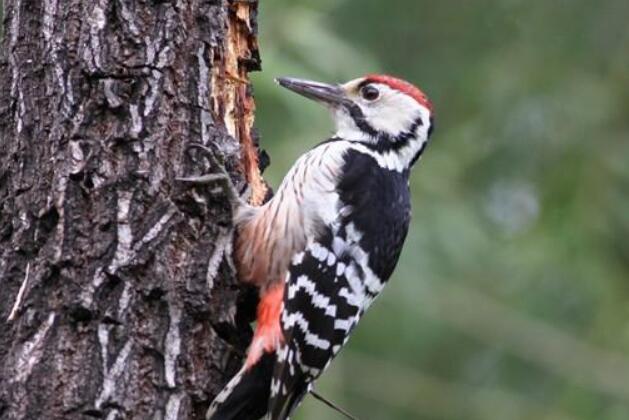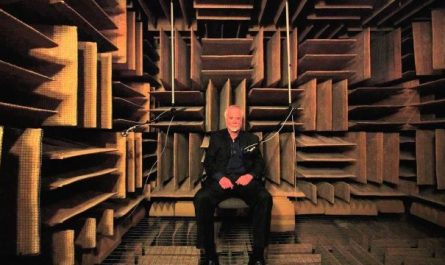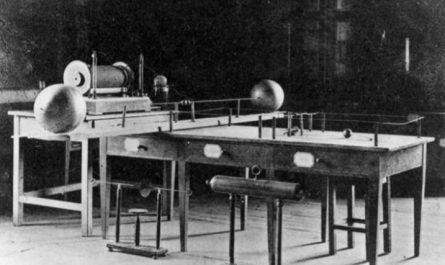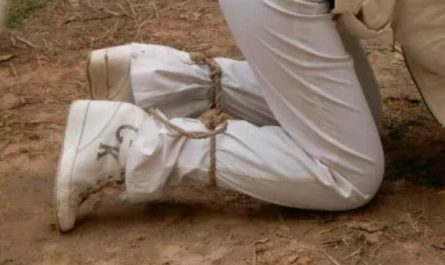The woodpecker, known as the forest doctor, is a very dedicated and beneficial bird. In order to fill his stomach, he needs to find many insects to eat. In the woods, pests such as giardias, transwing moths and longicorns do great damage to trees, and they are also the main food of woodpeckers. It is said that a woodpecker can eat 1,500 pests every day and pecks about 12,000 times on the tree every day. So some people asked, how can woodpeckers not get concussions with such high frequency percussion?
Let’s first take a look at how fast the woodpecker pecks the tree. Under normal circumstances, even if you are lucky enough to see a woodpecker pecking at a small insect on the tree, you will never see its specific actions. Because the frequency of woodpeckers can reach fifteen or six times per second. Imagine that even in the blink of an eye, the woodpecker has already made a woodpecker ten or so times.
A woodpecker can strike at a speed of 555 meters per second, which is equivalent to the speed of a woodpecker’s head moving back and forth equal to 2092 kilometers per hour. This speed is more than twice as fast as when the bullet pops out of the chamber. The impact force on the head of a woodpecker is equal to 1,000 times the force of gravity. Compare it with a car with a speed of 50 kilometers per hour. The speed of a woodpecker is more than 41 times the speed of a car.
Let’s make a more intuitive explanation. If a car with a speed of 50 kilometers per hour hits a wall while driving, the impact force of the car at this time is only 10 times that of its gravity, but you It will be found that the front of the car must be seriously damaged, and the wall will also be broken and the wall will collapse due to a sudden impact. The woodpecker strikes more than 10,000 times a day, and his head hurts only by imagination. But woodpeckers don’t get concussions. Let’s use science to explain why. Every species in nature has its rationality, and woodpeckers also have their own protection devices.
The first layer of protection: the head of the woodpecker is very hard, the brain is generally small, the brain tissue is very tight, there is basically no gap, so it is basically not easy to be damaged by impact in the woodpecker.
The second layer of protection: the brain of the woodpecker is tightly attached to the skull. When the woodpecker strikes, the force generated is dispersed to a larger area, which helps to reduce the force.
The third layer of protection: there is a tough outer meninge inside the woodpecker’s head, and there is a narrow gap between the outer meninge and the cerebral spinal cord, which can weaken the impact force.
The fourth layer of protection: The muscles on both sides of the woodpecker’s beak are very developed, and the powerful muscle system can also play a shock-proof effect. In addition, because the woodpecker’s trajectory is linear, there is no lateral force to damage the head.
The fifth layer of protection: the upper and lower beaks of woodpeckers are not equal in length. Generally, the lower beak is longer than the upper beak, so that most of the impact force is near the lower jaw, which can slow the impact of the brain.
The sixth layer of protection: In order to protect its lower jaw and prevent damage to the cervical spine due to impact, the hyoid bone of the woodpecker plays an important role. The hyoid bone of a woodpecker starts from the underside of the beak, diverges from left and right to the back of the skull, then extends to the top, and meets in front of the forehead. Many people describe its hyoid bone as a safety belt to protect the cervical spine. Keep it from being damaged.






